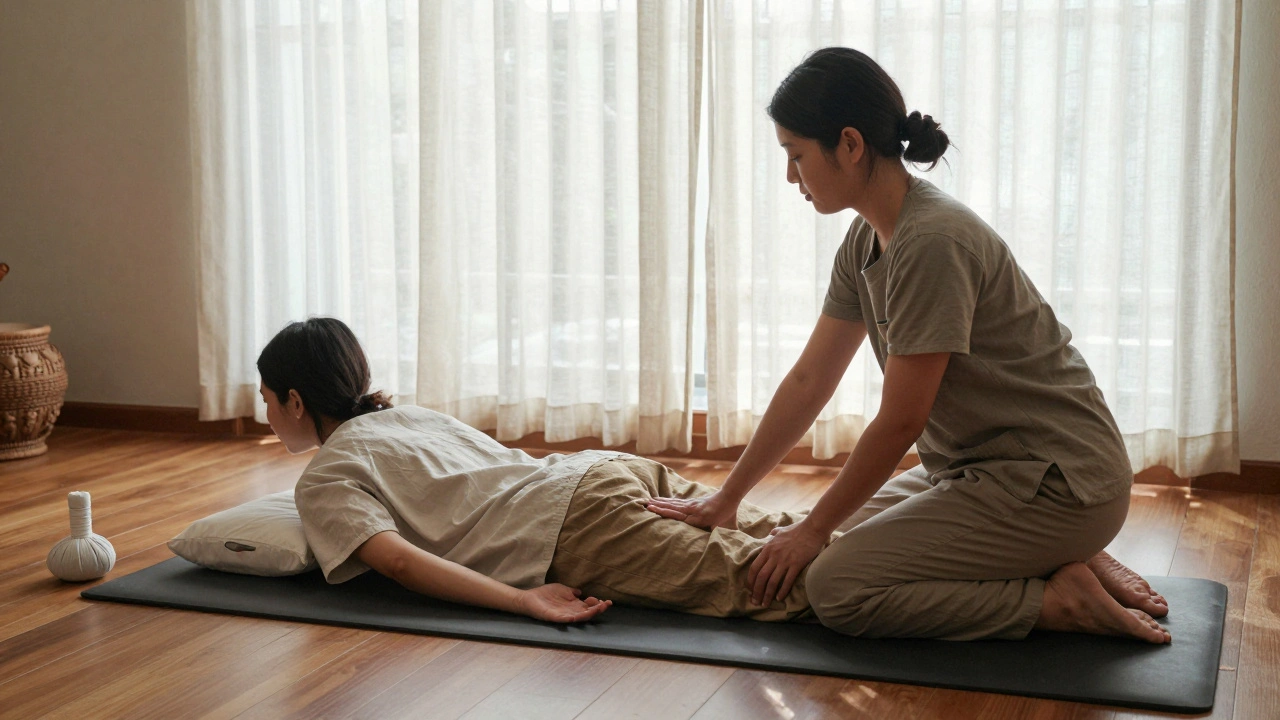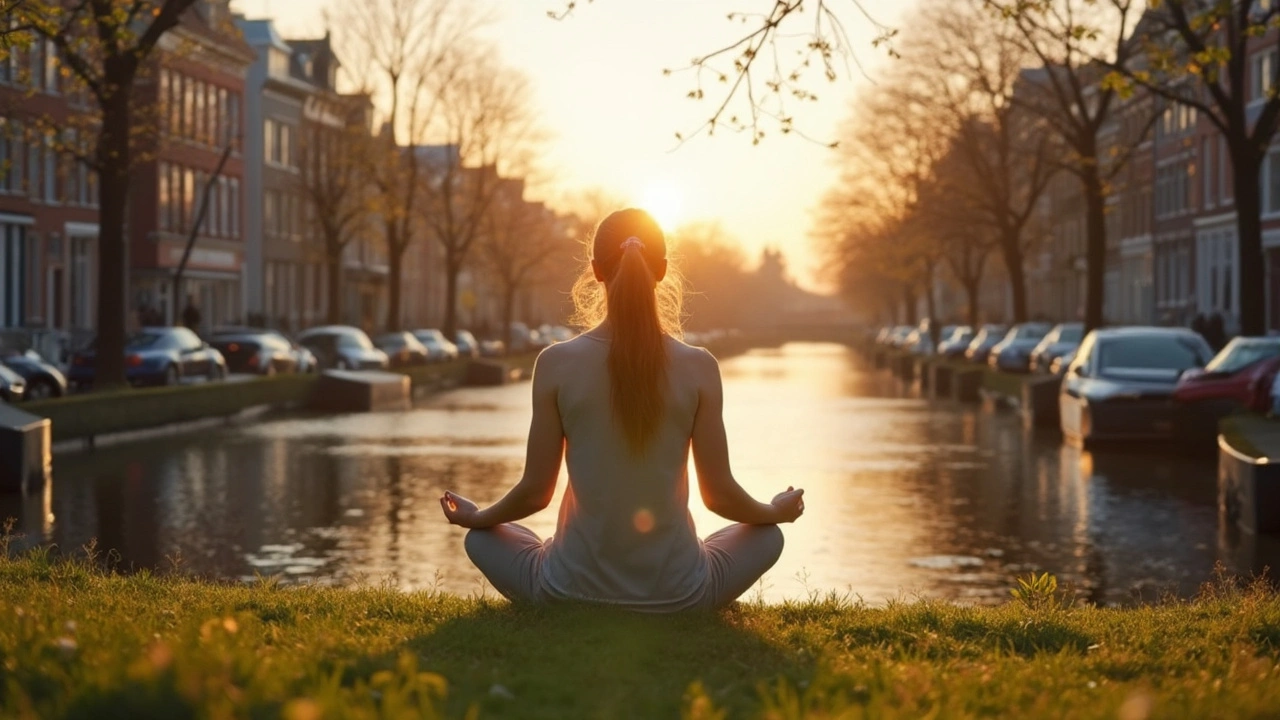Traditional Thai Massage in Amsterdam – Your Quick Guide
If you’ve heard about Thai massage but aren’t sure what it actually involves, you’re in the right place. It’s not just a stretch session; it’s a blend of pressure, movement, and breathing that can leave you feeling loose and energized. Below you’ll find everything you need to know before you step into a studio in Amsterdam.
What Makes Traditional Thai Massage Different?
First off, Thai massage is done on a mat on the floor, not on a typical spa table. The therapist uses their hands, elbows, knees, and feet to guide you through a series of yoga‑like stretches. Each stretch is timed with a gentle push, and the rhythm often matches your breathing. You’ll notice a lot of rocking, pulling, and deep pressure, which helps release tension in muscles and joints.
The technique originated in Thailand centuries ago as a healing art. In Amsterdam, many studios keep the tradition alive while adding modern hygiene standards. You’ll usually wear loose, comfortable clothes – no need for a bathing suit or towels. That makes it easy to move freely and stay warm throughout the session.
Benefits You’ll Feel After a Session
People love Thai massage for its immediate and long‑term effects. Right after a session you might feel a pleasant ache, like after a good workout, followed by a wave of relaxation. Regular visits can improve flexibility, reduce chronic back pain, and boost circulation. Because the massage stimulates pressure points, many report better sleep and lower stress levels.
Another plus is the focus on breath. The therapist often cues you to inhale and exhale at specific moments, which trains your body to stay calm under pressure. If you spend long hours at a desk, those breathing drills can help reset your nervous system and keep you focused.
Now, let’s get practical. Here’s a short checklist to make your first Thai massage in Amsterdam smooth:
- Pick a reputable studio: Look for places with certified Thai therapists and clear hygiene policies.
- Book ahead: Popular spots fill up fast, especially on weekends.
- Arrive early: Gives you time to fill out any health forms and relax before the session starts.
- Tell the therapist about any injuries: They can adjust stretches to avoid discomfort.
- Stay hydrated: Drinking water before and after helps flush out toxins released during the massage.
During the session, communicate openly. If a stretch feels too intense, say so – the therapist will ease the pressure. The whole experience usually lasts 60 to 90 minutes, and you’ll notice a gradual release of tension as the session progresses.
Afterward, give yourself 15‑20 minutes to rest before getting dressed. A light snack and more water can help you stay balanced. Many clients schedule a short walk or some gentle stretching later in the day to keep the benefits flowing.
In short, traditional Thai massage offers a unique mix of stretching, pressure, and breathing that can transform how you feel physically and mentally. With the right studio and a bit of preparation, you’ll walk out of Amsterdam’s streets feeling lighter, more flexible, and ready for whatever comes next.
The Power of Touch: Thai Massage Therapies in Amsterdam
Discover authentic Thai massage in Amsterdam-how it works, where to find it, what to expect, and why it’s more effective than regular spa treatments for deep tension and stress relief.
Thai Massage in Amsterdam: The Ultimate Guide to Stress-Free Living
Discover why Thai massage in Amsterdam is a favorite for melting stress away. Learn about techniques, benefits, session tips, and how to find the best spots near you.
Thai Massage Amsterdam: Revitalize Your Body and Mind
Looking for a way to boost your energy and melt away stress in Amsterdam? Thai massage is more than just a treat—it’s a full reset for both your body and mind. This article covers what makes Thai massage unique, the real benefits you’ll notice after a session, and tips on where to find the right spot in the city. Whether you’re a curious first-timer or want to switch up your wellness routine, you’ll discover exactly what to expect and how to get the most out of your visit. Ready to feel amazing in Amsterdam?


